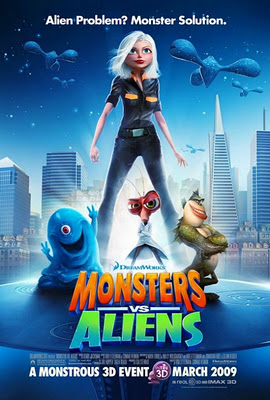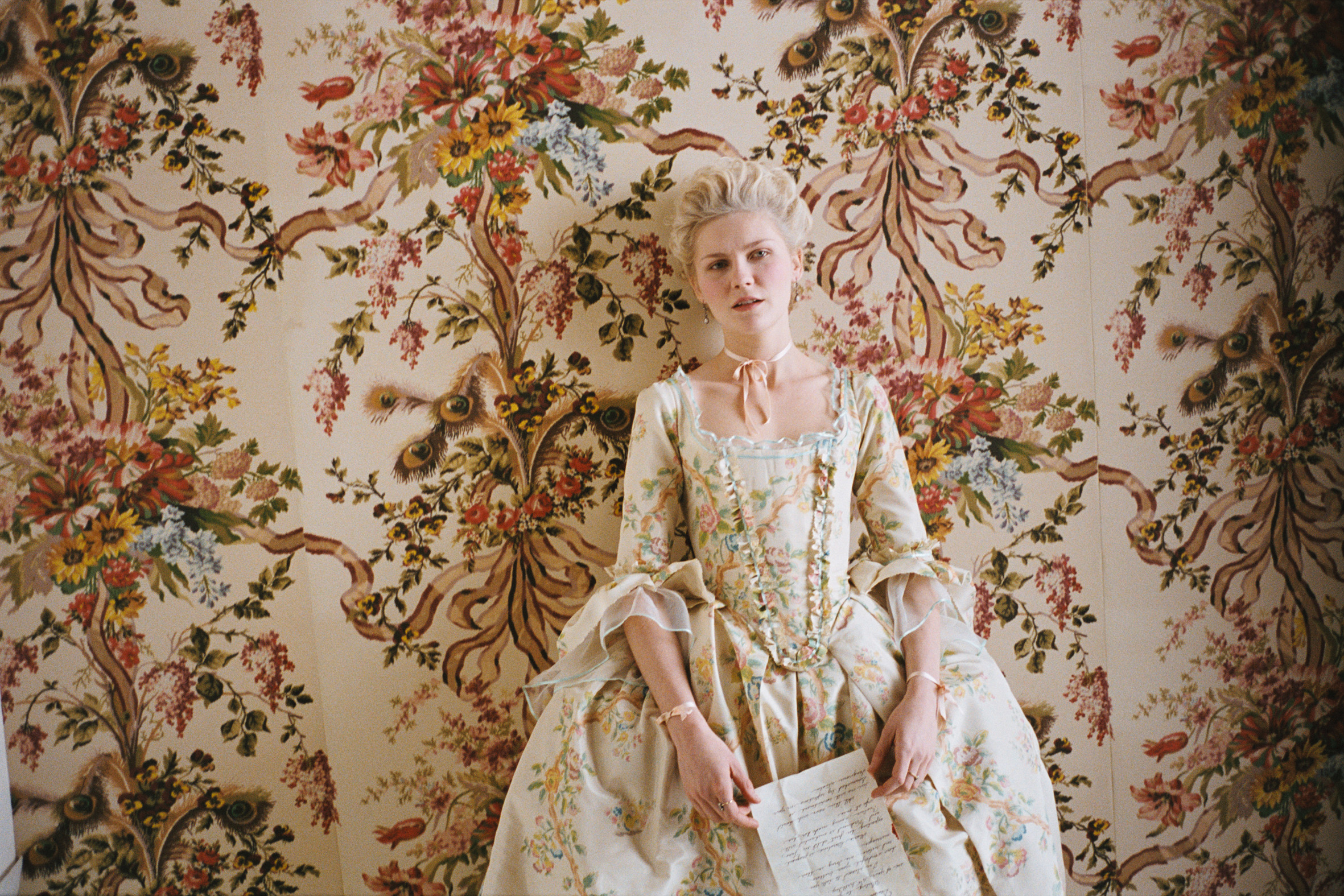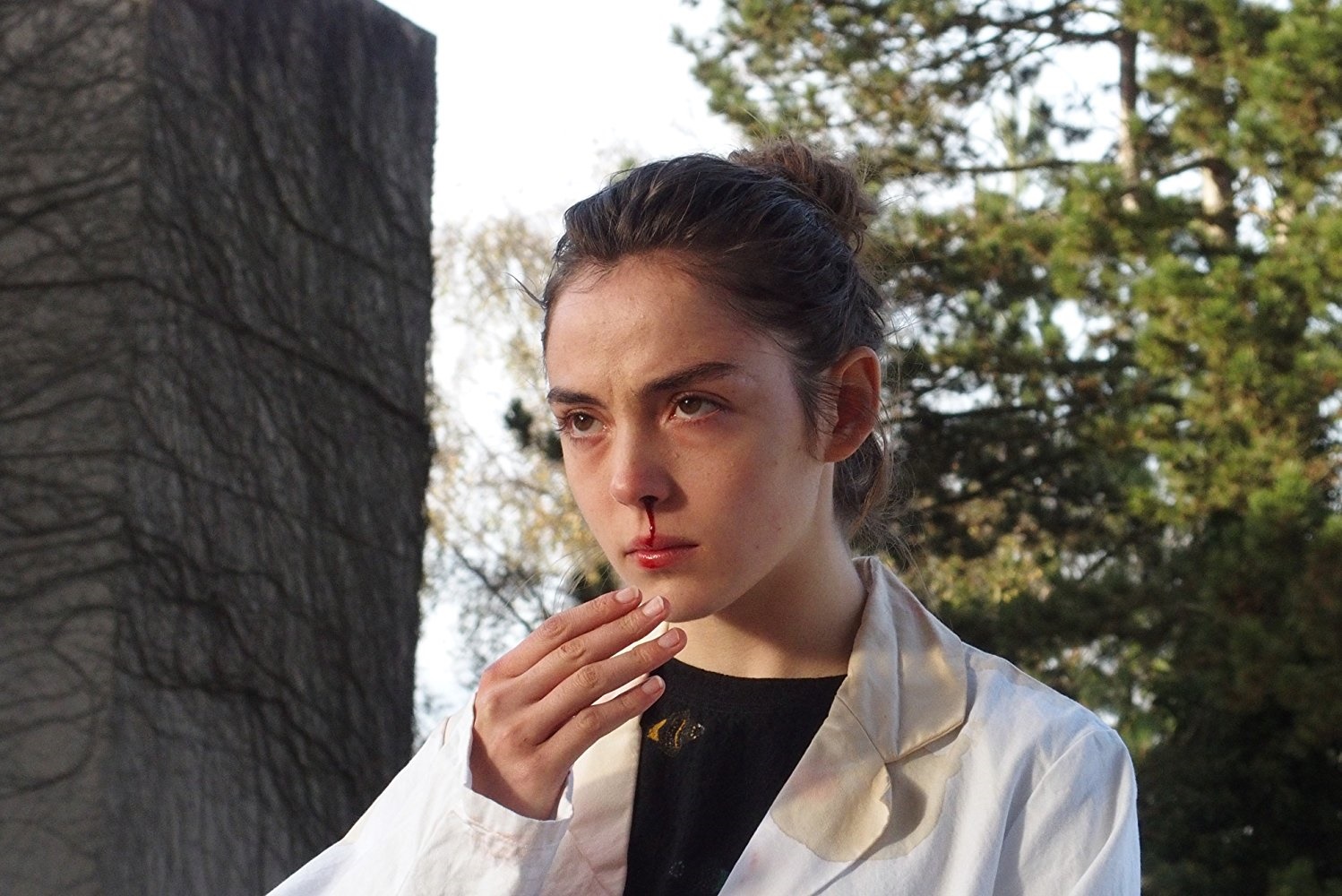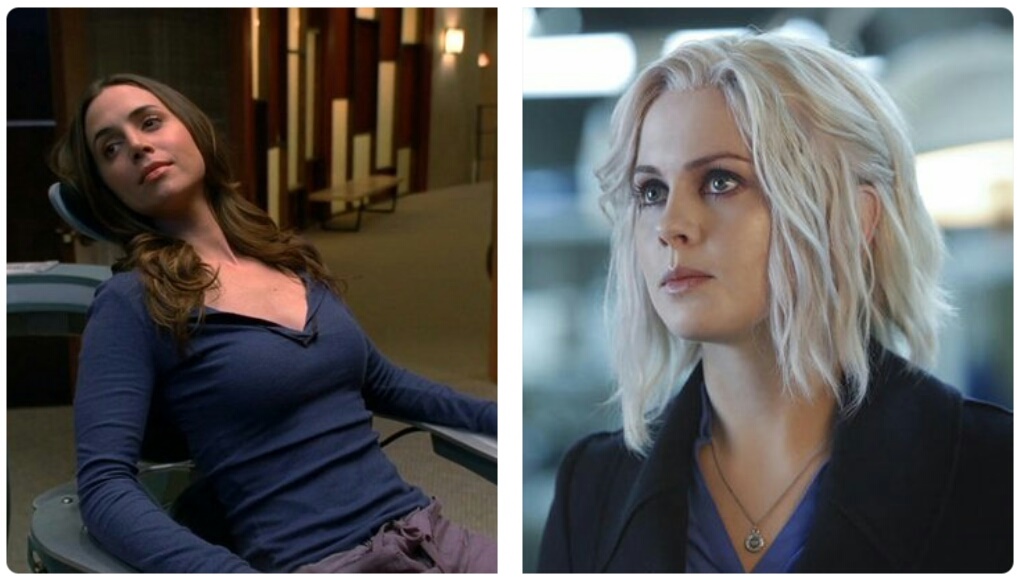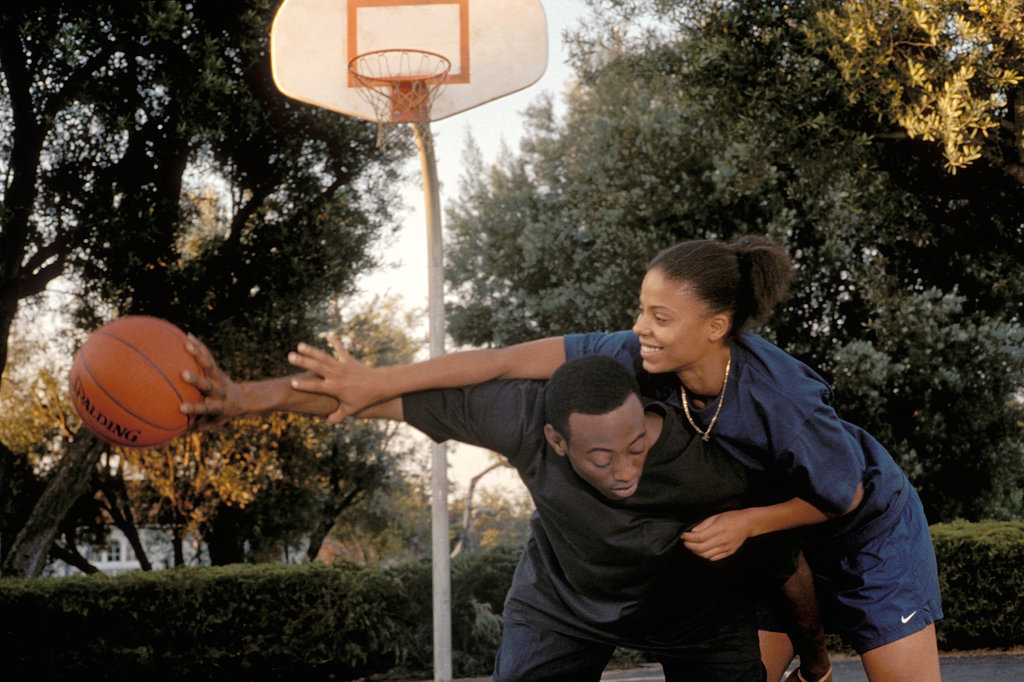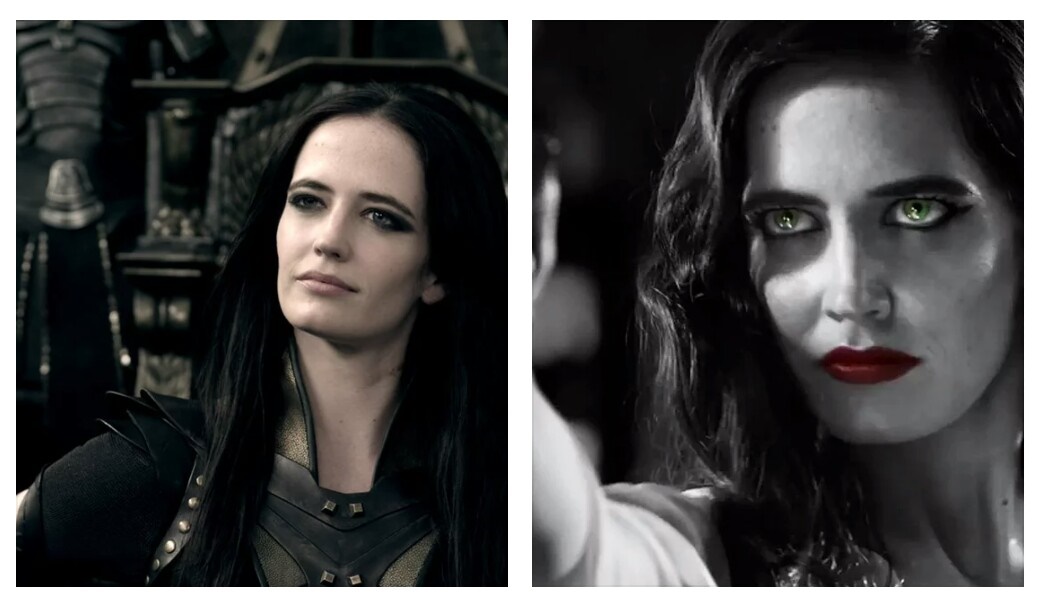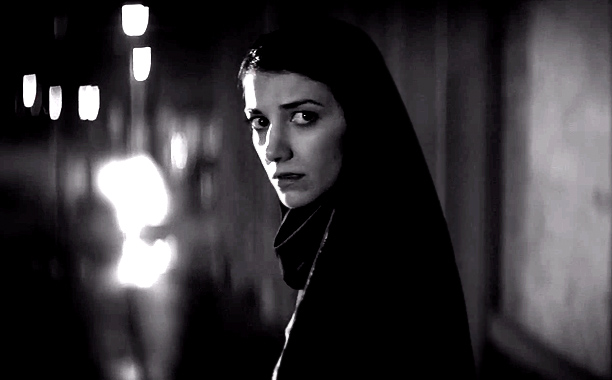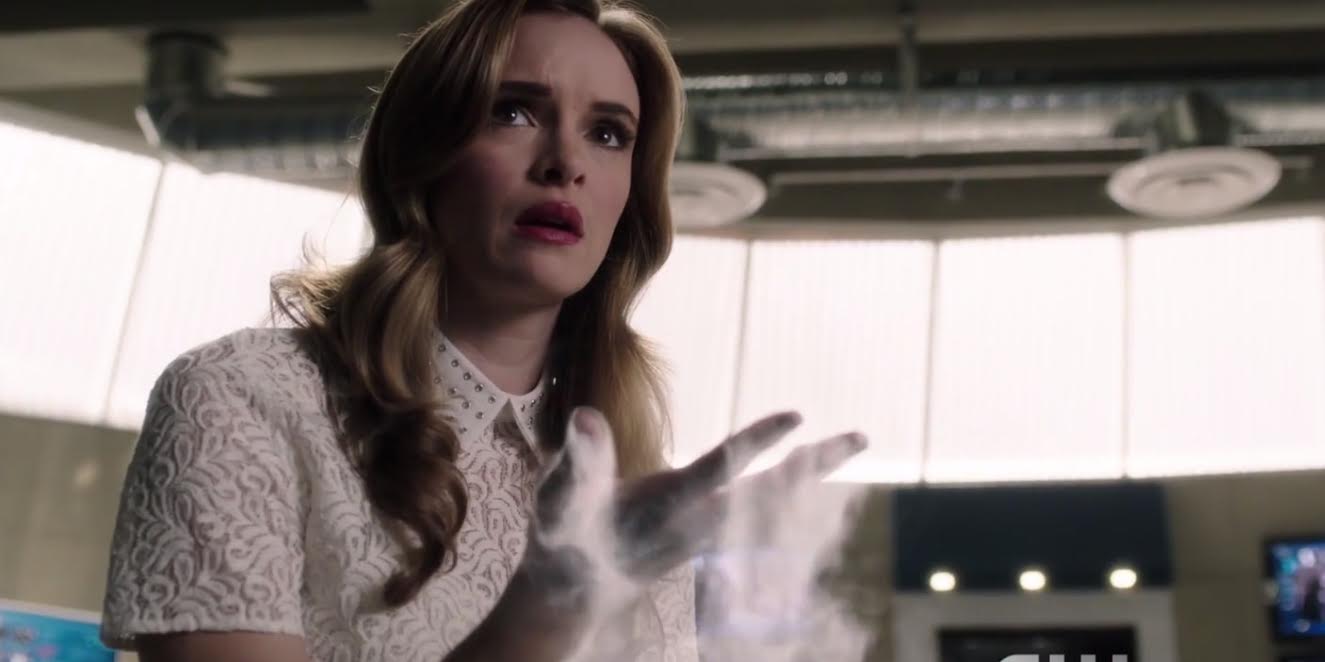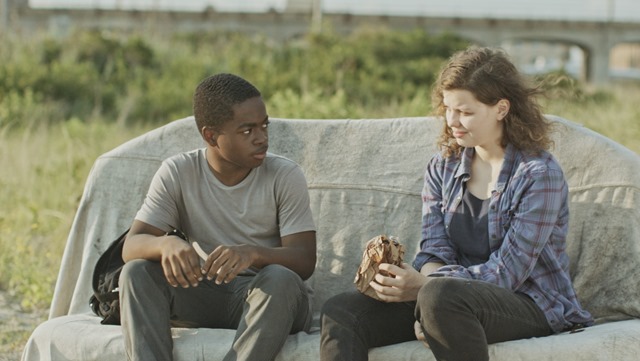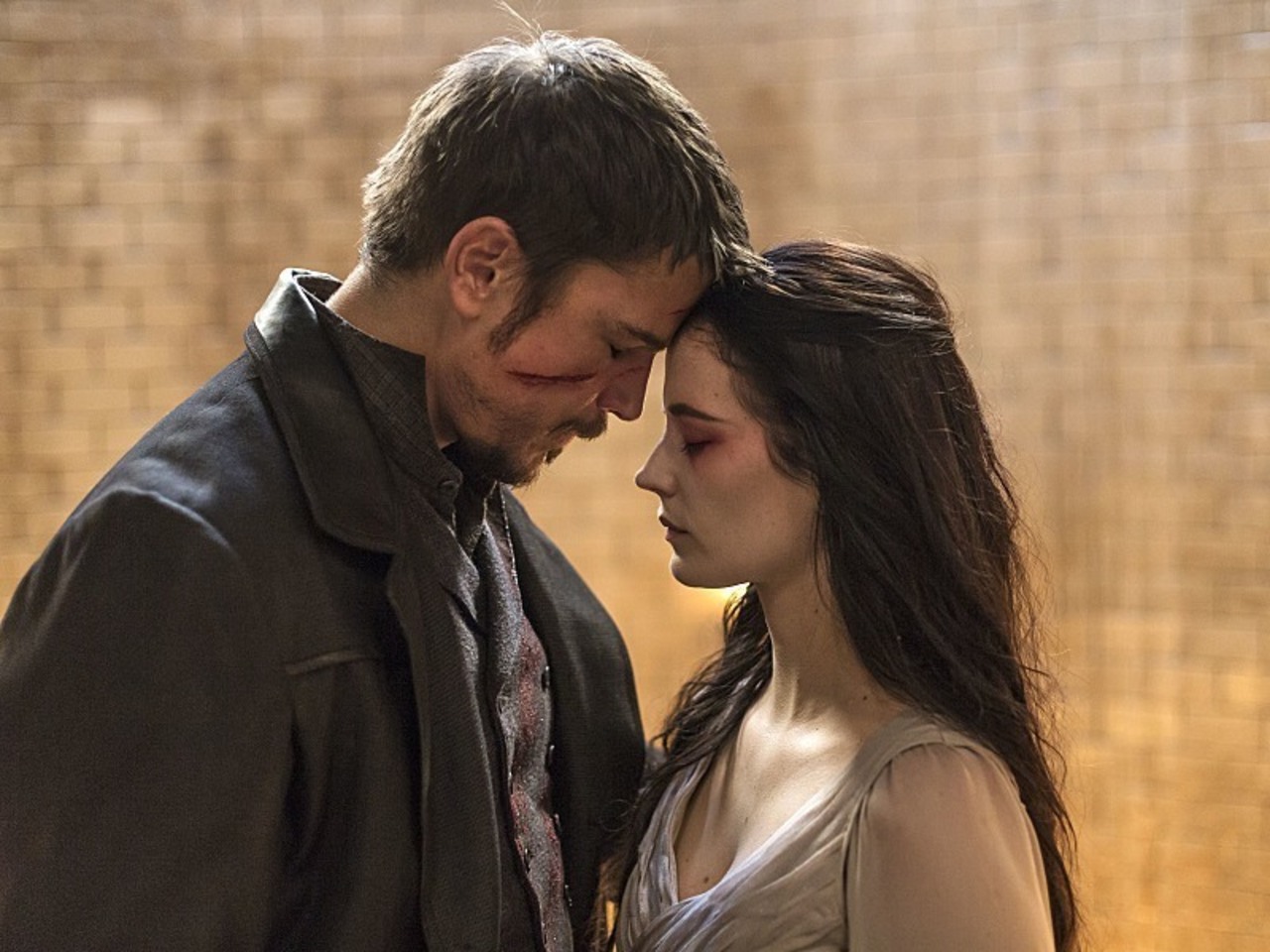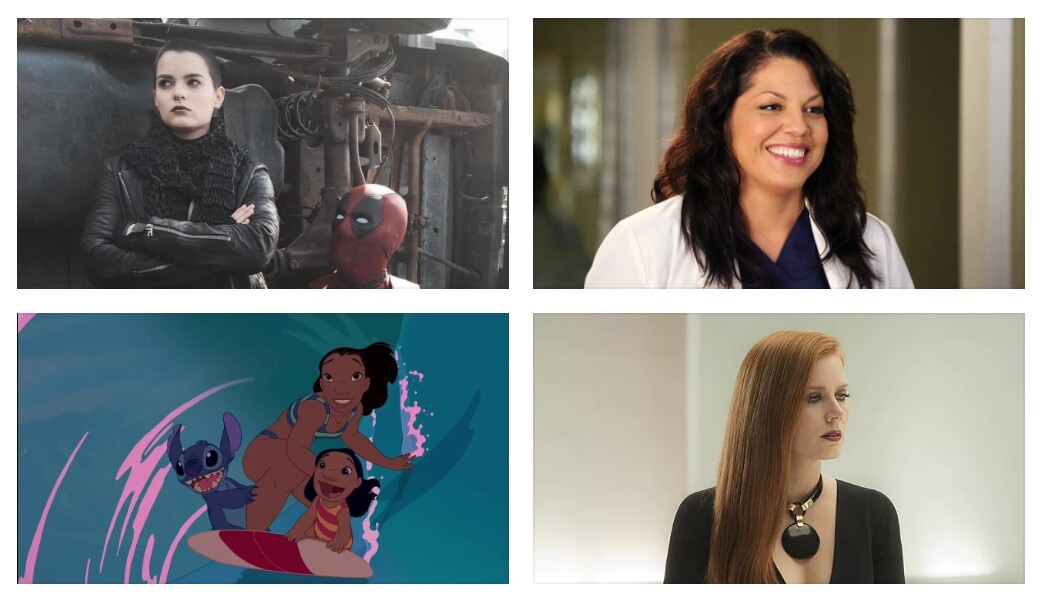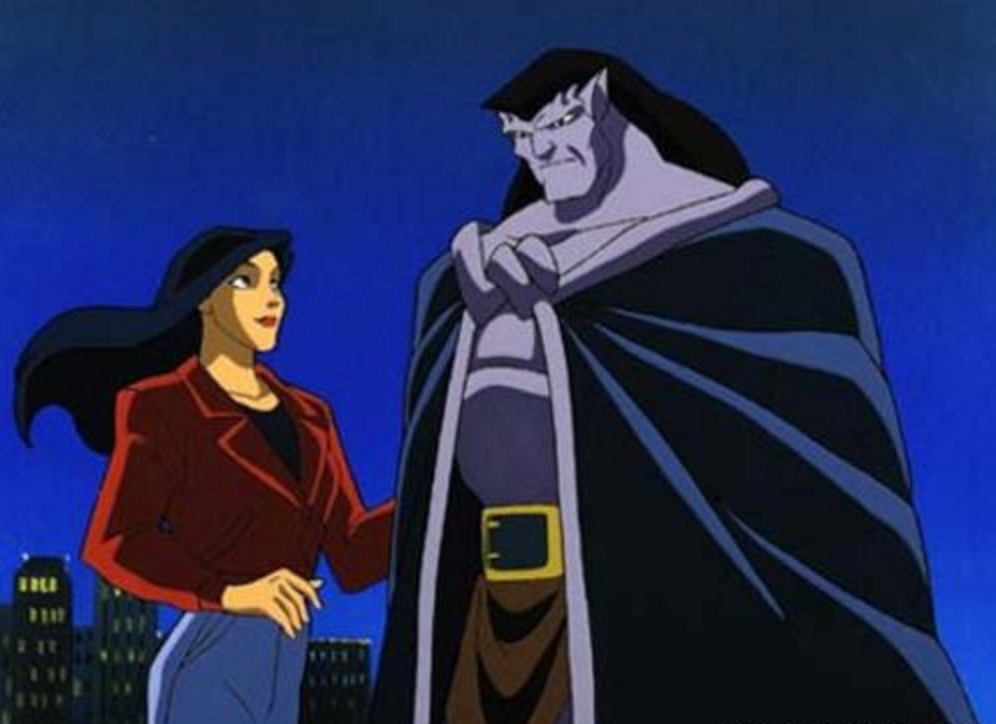Animated Children’s Films: Monsters vs. Aliens: Animation Finds Girl Power
This is a guest review by Amanda Krauss. Note: This is adapted from a review I wrote on March 28, 2009, after seeing the movie when it first came out. Although this was the fist movie to be fully produced in 3D, I didn’t see the 3-D/IMAX version. Nor had I seen the original, nor … Continue reading “Animated Children’s Films: Monsters vs. Aliens: Animation Finds Girl Power”
